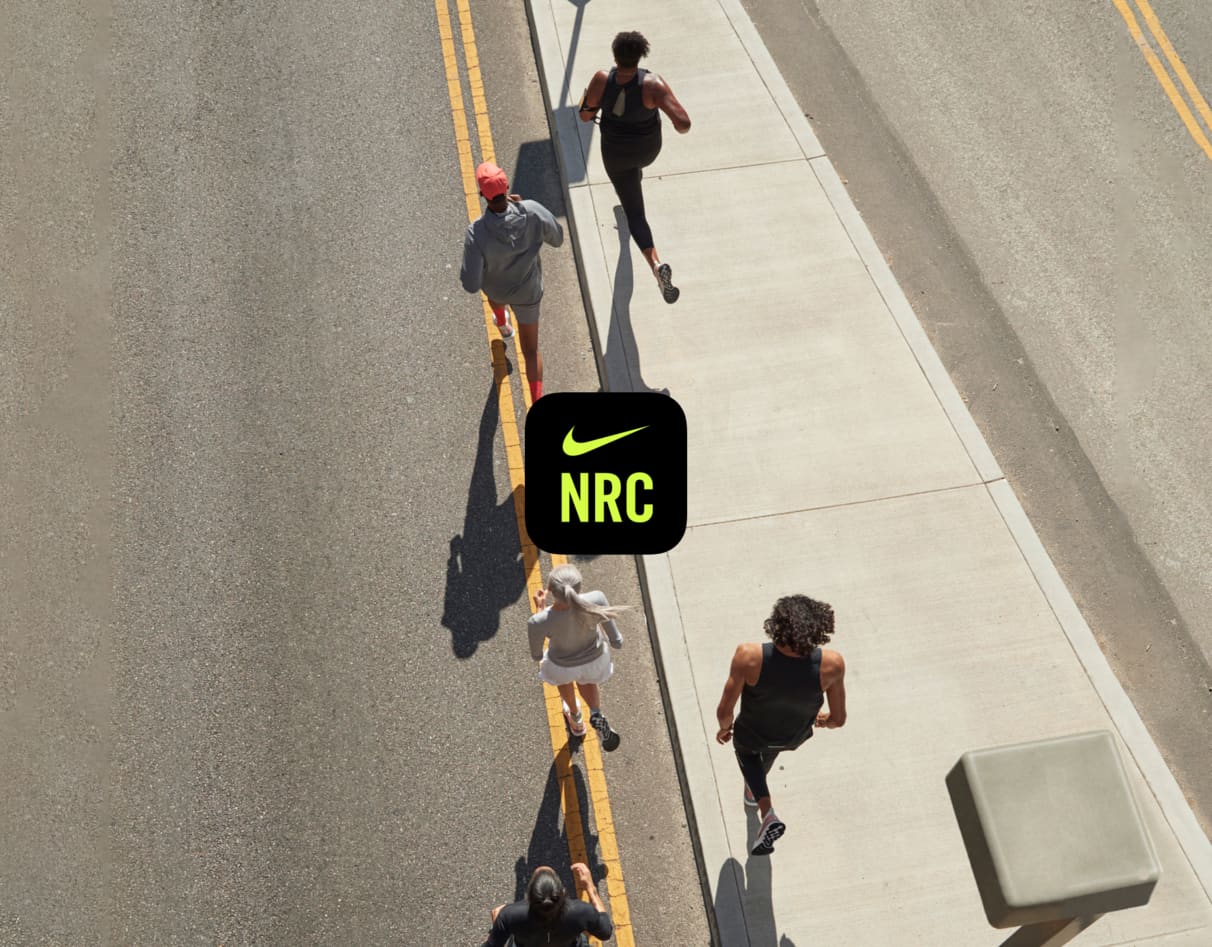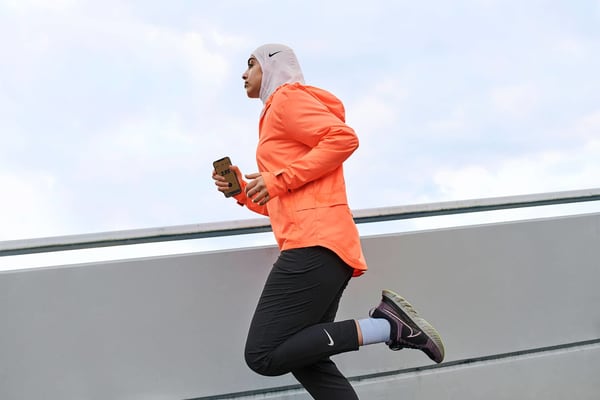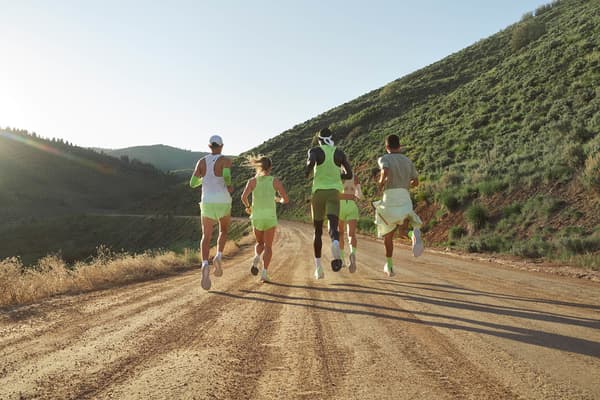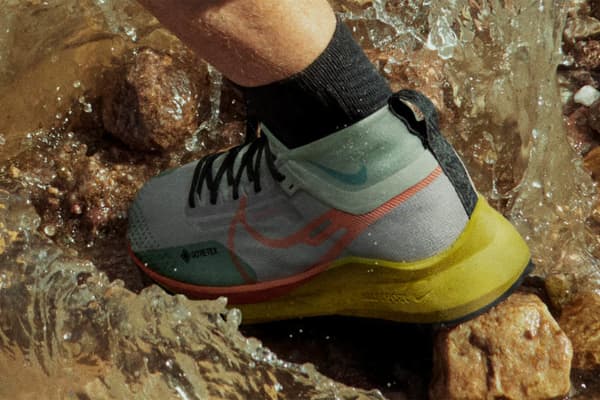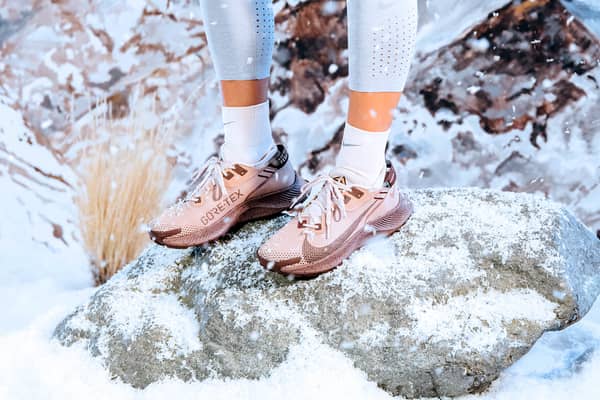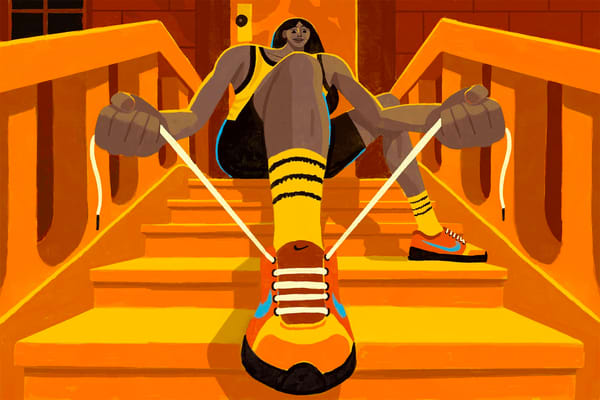What's Barefoot Running All About—And Is It Worth Trying?
Sport & Activity
Ditch the shoes, see performance gains? Experts share the pros and cons of freeing your feet.
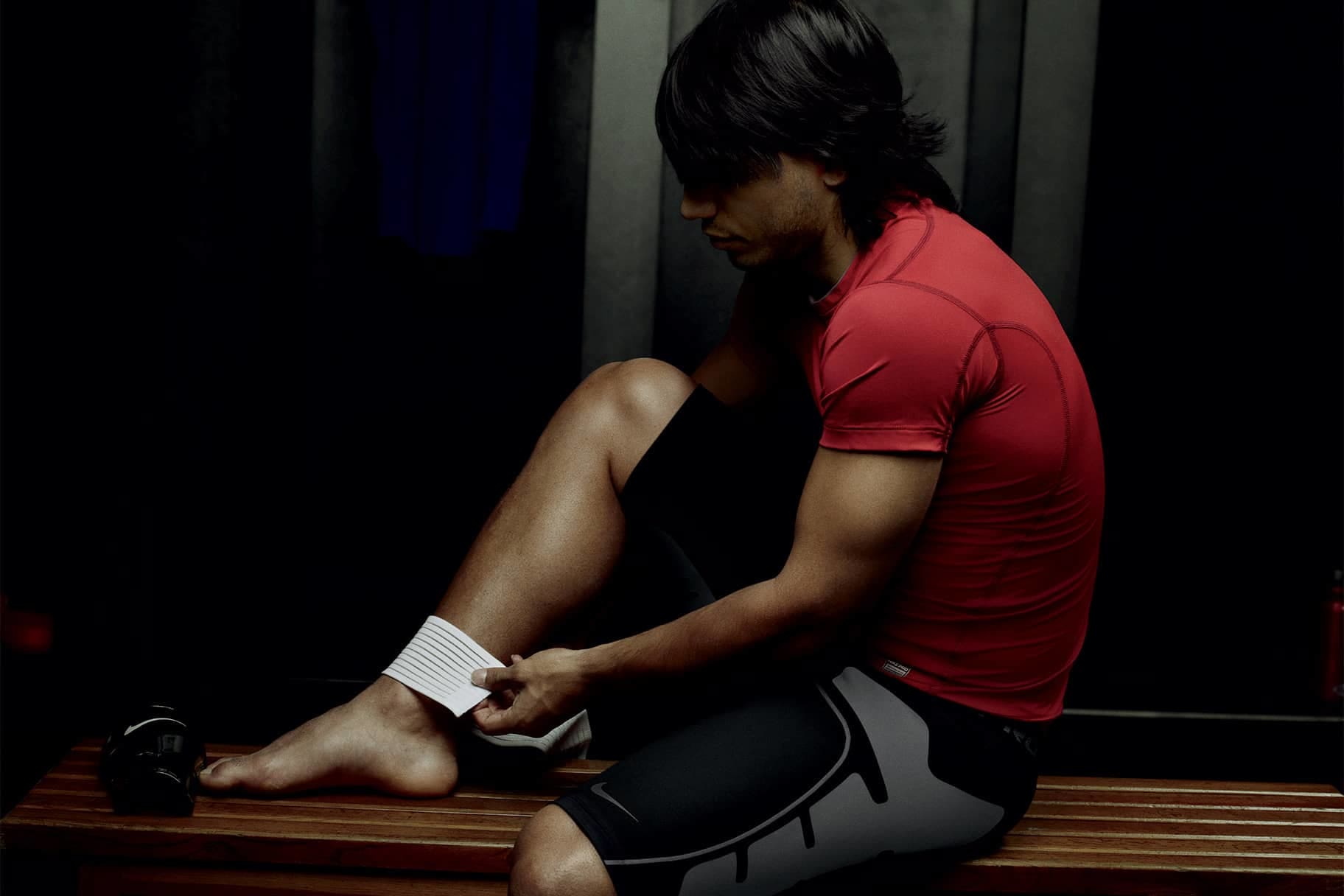
While barefoot running may seem unnecessary and—depending on the surface—a bit unsafe, experts suggest the method could yield several benefits in the long run. But, does that mean you should ditch your shoes for good?
First of all, barefoot running isn't a new trend. In fact, historians suggest the first marathon runner, Pheidippides, ran barefoot thousands of years ago for 300 miles straight. The latest surge in interest was probably kicked off in 2009 by the book 'Born to Run' by Christopher McDougall, which largely spotlights Tarahumara Indians who run long distances and traverse rocky terrain in sandals or with bare feet.
So, to go running with bare feet on your next run, or to stay with your tried-and-tested running shoes? Here, experts answer key questions on what to consider if you'd like to give barefoot running a go.
Do your feet have to be bare?
This can feel like a trick question when talking about barefoot running, but the phrase is actually a matter of debate because many people believe "natural running" can include minimalist shoes, said Tom Holland, C.S.C.S., exercise physiologist, author of 'The Marathon Method' and host of the Fitness Disrupted podcast.
These shoes have very little structure and no arch support or padded soles. They're mainly to protect the feet from hazards such as broken glass, jagged rocks and other debris that might cut the skin.
"This is a contentious point, but technically speaking, this kind of footwear doesn't count as shoes because all they offer is protection from objects on the ground. They don't support your feet", he said. "Because of that, many people wear them and still say they're barefoot running".
What are the advantages of barefoot running?
Over time, running barefoot may significantly strengthen your feet and ankle muscles, said Alina Kennedy, C.S.C.S., certified running coach and physiotherapist.
"Think about running along an unpaved trail barefoot", Kennedy said. "Because of the uneven surface, the joints and muscles in your feet have to mould around that surface to support your body".
That means running barefoot can help to develop adaptability, strength and balance. Over time, Kennedy said that it can make you a more resilient runner and an overall better athlete. Also, depending on the type of shoes you usually wear, you may be eliminating a significant amount of weight from your feet, which can result in a potential speed boost.
RELATED: How To Get Faster at Sprinting, According to Experts
What are the disadvantages of barefoot running?
First, there's a safety concern about stepping on sharp or dangerous objects. If you're going to run completely barefoot, it's a good idea to make sure you're up to date on your tetanus shot. That can help prevent serious issues if you get a deep cut or puncture that lets bacteria into the foot.
Also, there's the consideration of the running surface, Kennedy said. Most of us don't run on well-maintained, natural bushland. We run along concrete footpaths, roads or some other firm ground.
"This means our feet aren't getting that variation of landing on different surfaces and manoeuvring along 'natural' ground", she says. "The consistent, hard surface that we tend to run on is very harsh and jarring on our feet, even with shoes on, let alone without shoes".
Even though barefoot running might be considered instinctual or natural, she said, the unfamiliarity of that motion and terrain could increase injury risk, including sprains and strains. This is why it's always a good idea to check with your physician or physiotherapist before attempting to run barefoot.
After all, even though being barefoot is a natural state, the impact of adaptation to shoes is important to bear in mind. Research suggests shoes have made human feet smaller over the course of centuries and also affect our gait, arch development and overall movement patterns. For example, when you're barefoot, you tend to land in the middle of the foot—which reduces heel impact and shortens your stride. With cushioning, there's more landing on the heel, which puts pressure on the leg, particularly the joints.
Do you need to be a seasoned runner to try it barefoot?
Even if you're a seasoned ultramarathoner, you'll be a newbie if you venture into barefoot running, Kennedy said.
"You're essentially starting from scratch, no matter what your running experience might be", she said. "That's because it's a completely new skill that will require different training. Running barefoot requires a lot more strength and stability in your feet and ankles, for example".
The biggest mistake that regular runners make is to head out for their normal distance without shoes, she said. Kennedy said that this approach doesn't give feet enough time or training to handle the stress of barefoot running.
"It's almost better if you're completely new to running and you start without shoes", she said. "You'll gradually run further distances as you gain fitness and your feet will have time to adapt and learn to run barefoot".
How can you avoid injuries when starting barefoot running?
Bear in mind that barefoot running doesn't have to be all or nothing. For example, Holland said he mixes it up based on how he's running, wearing minimalist shoes for drills on grass or sand as well as shorter track workouts. For runs greater than a 5K he opts for cushioned shoes, and for off-road running he selects trail shoes. If you're entirely new to running, consider going barefoot for only a few minutes and focusing on walk/run intervals in that time. That will get you used to the feeling of the activity.
RELATED: 4 Benefits of Running on the Beach, According To Running Coaches
Kennedy suggests running along sand or non-rocky trails and to consider minimalist footwear to start if you're new to barefoot running. Initially, consider only running short distances barefoot and continue wearing shoes for other runs during the week, she said.
"Gradually introduce more barefoot running as you get comfortable with it and your feet get stronger. Don't go cold turkey and throw away all your running shoes", she said. "Also, strength and balance training is really important. If you're going to run barefoot, you'll need to train your feet and ankles to work a lot harder, for a lot longer, than you would need to do when you run in shoes".
Another plus is better neuromuscular connection from increased proprioceptive feedback, which simply means you feel the terrain and that causes the body to adjust based on the information your feet are sending up to your brain.
"For me, barefoot running and minimalist shoes are training tools to increase the strength of the musculoskeletal system of the lower body while improving running mechanics", Holland said.
The best strategy? Take it slow. Holland said you can't go from decades of wearing cushioned shoes to suddenly running barefoot and expect your body to quickly adjust—especially if you have weakness in your ankles or an arch issue such as flat feet. Although the Cleveland Clinic notes that running barefoot can tighten foot muscles to help stabilise a flat arch, experiencing pain often means you're doing too much, too fast and should switch back to supportive shoes when that happens.
Research suggests that running barefoot may increase your risk of stress fractures in the foot if you're over-training. Most of all, view it as an adventure and a chance to switch up your training routine—and of course, check in with your doctor and listen to your body every step of the way.
For more expert-backed running tips, make sure you download the Nike Run Club App!
Words by Elizabeth Millard
